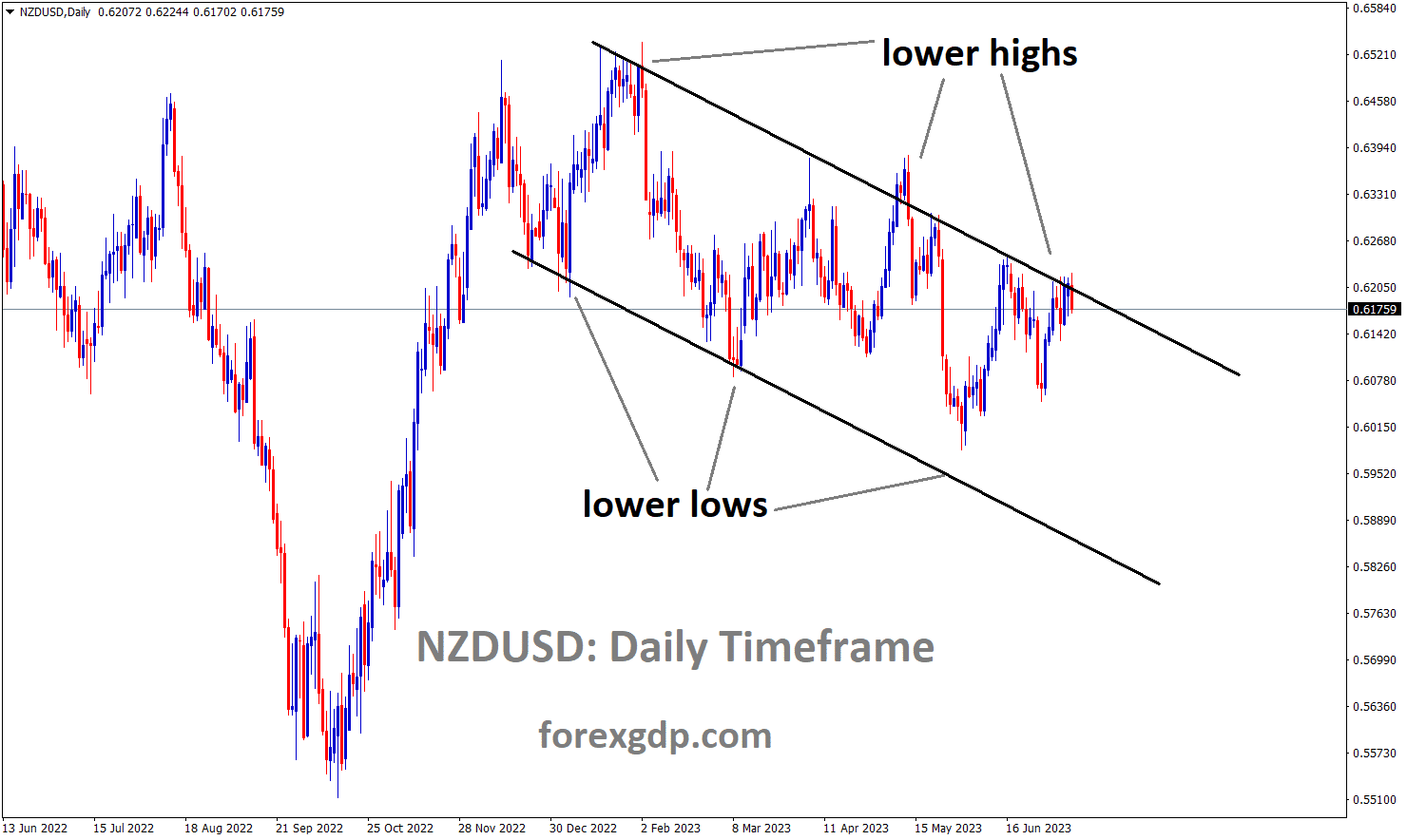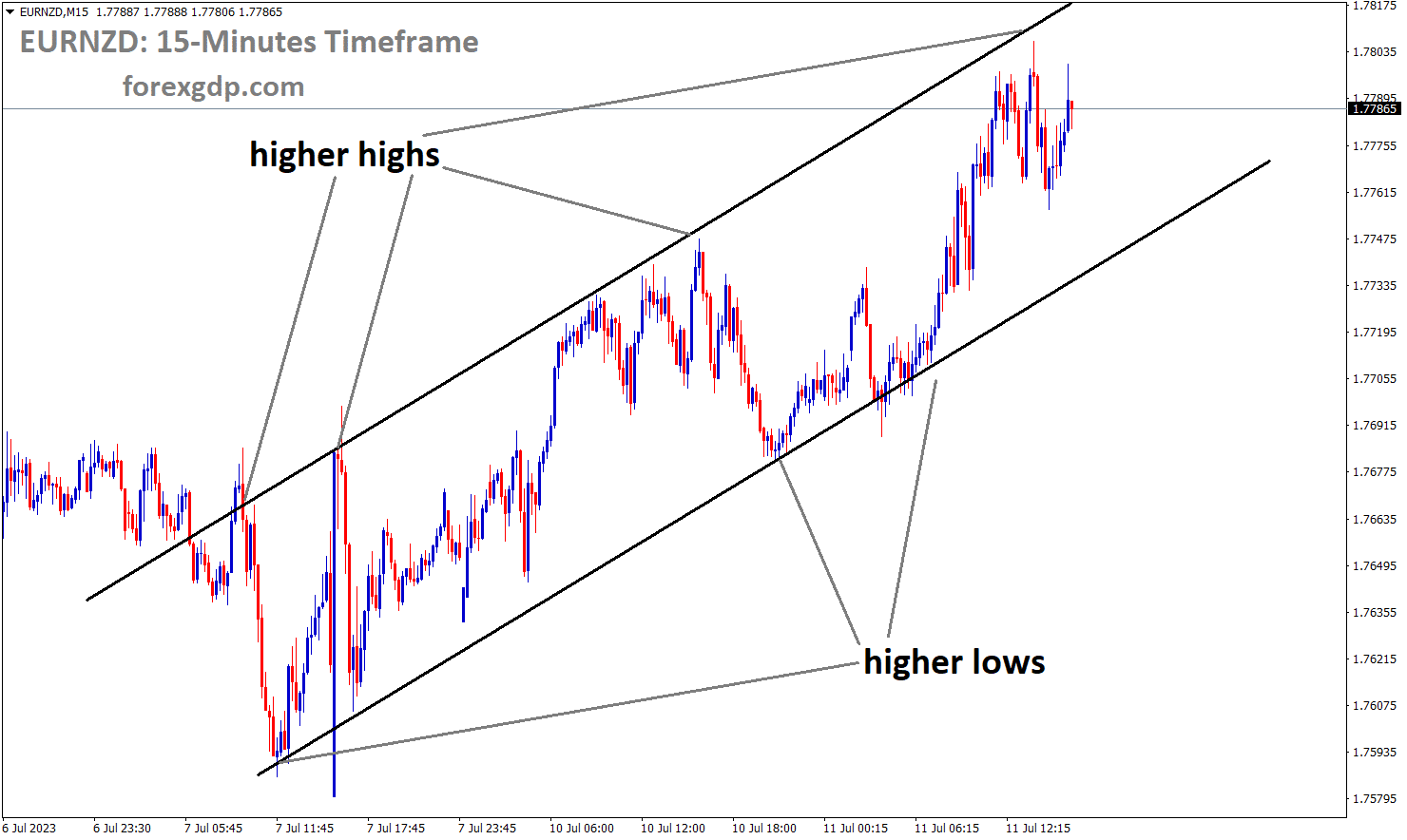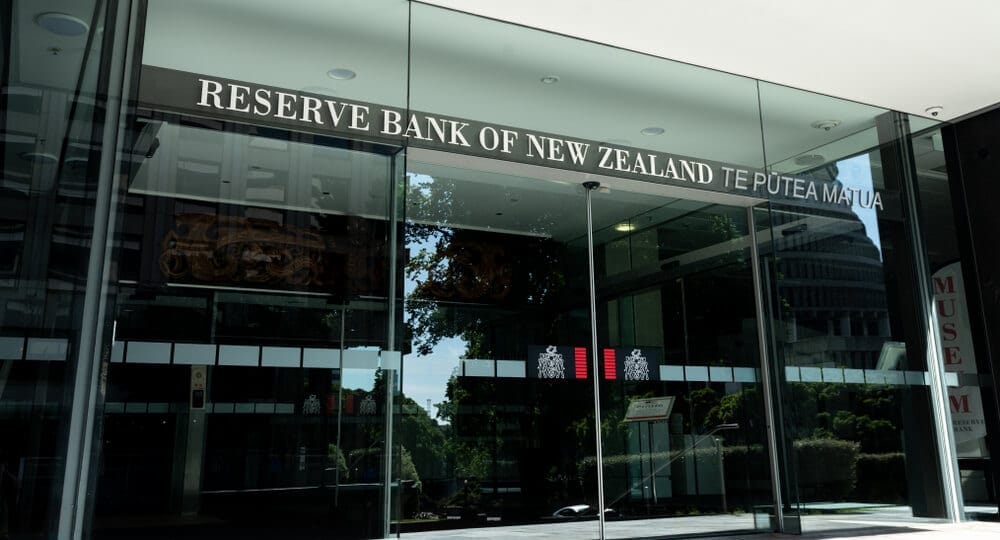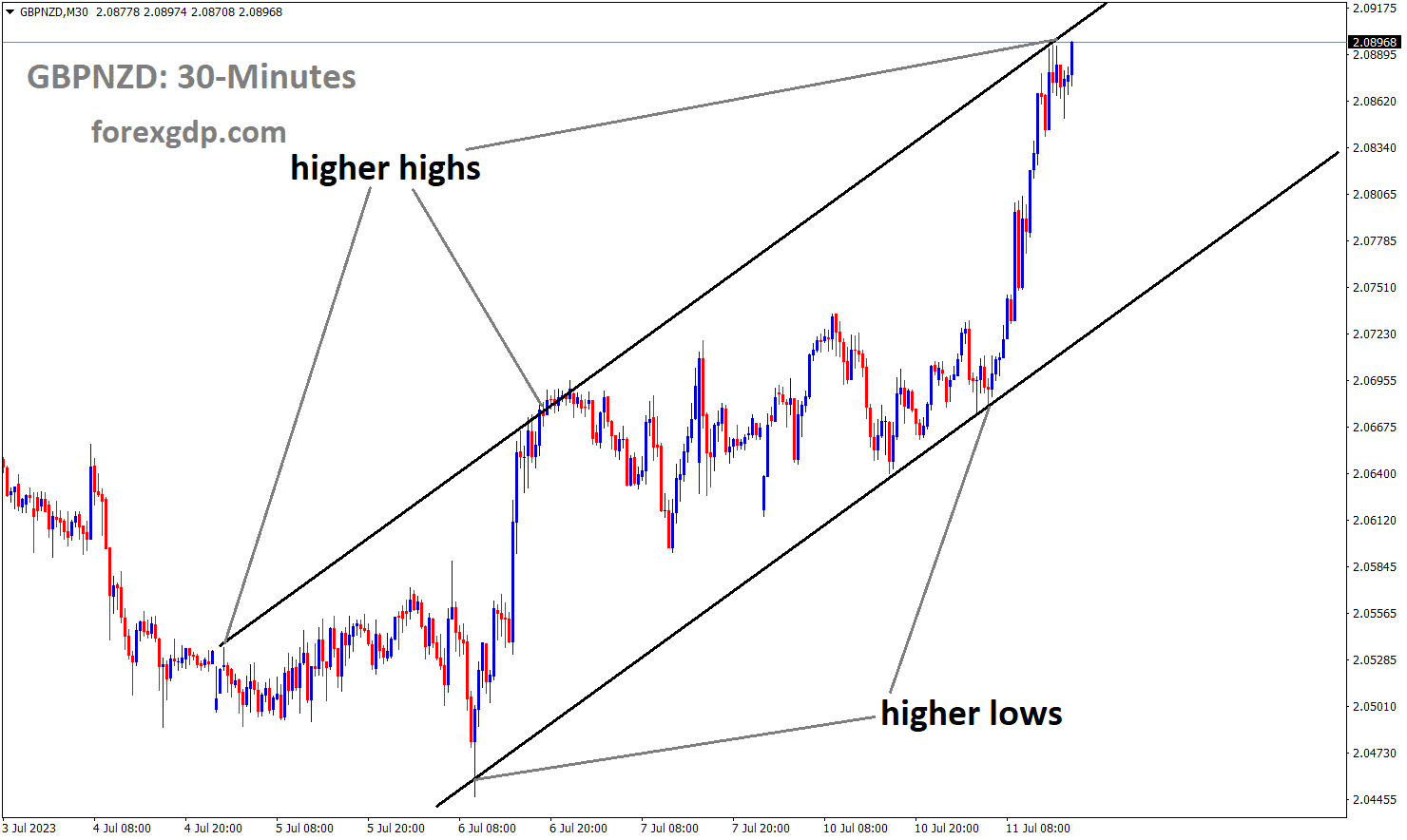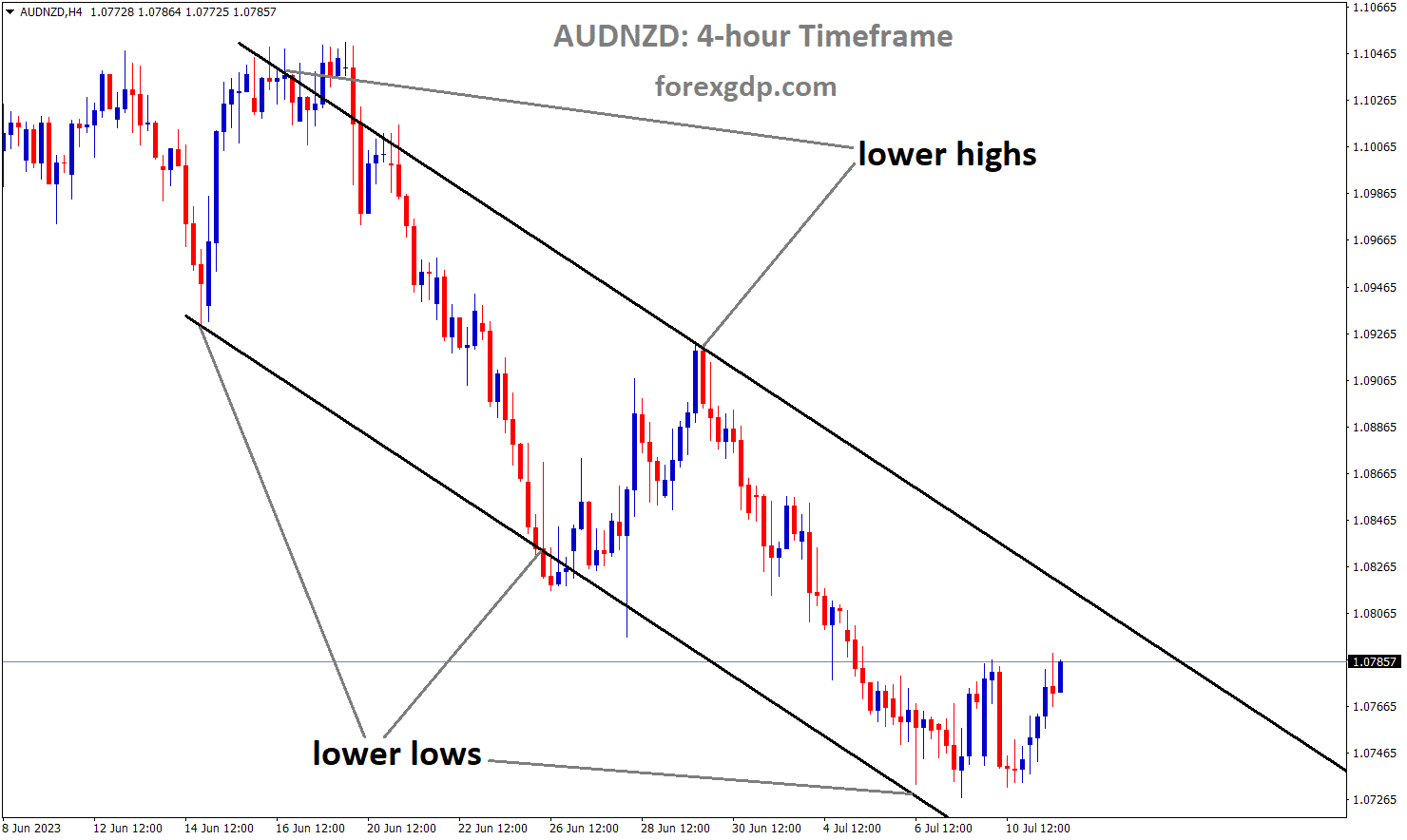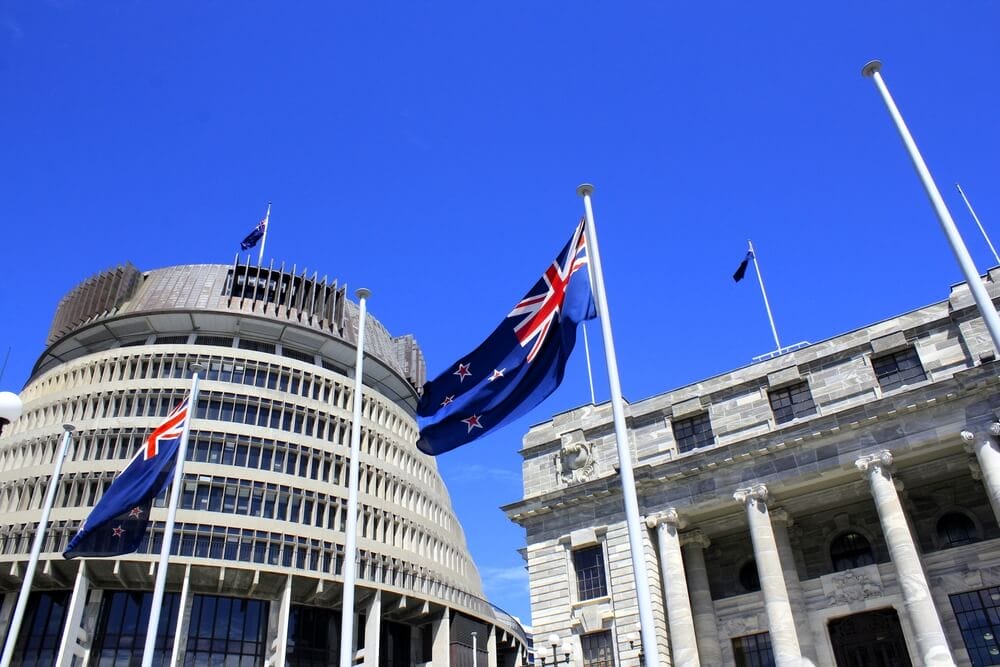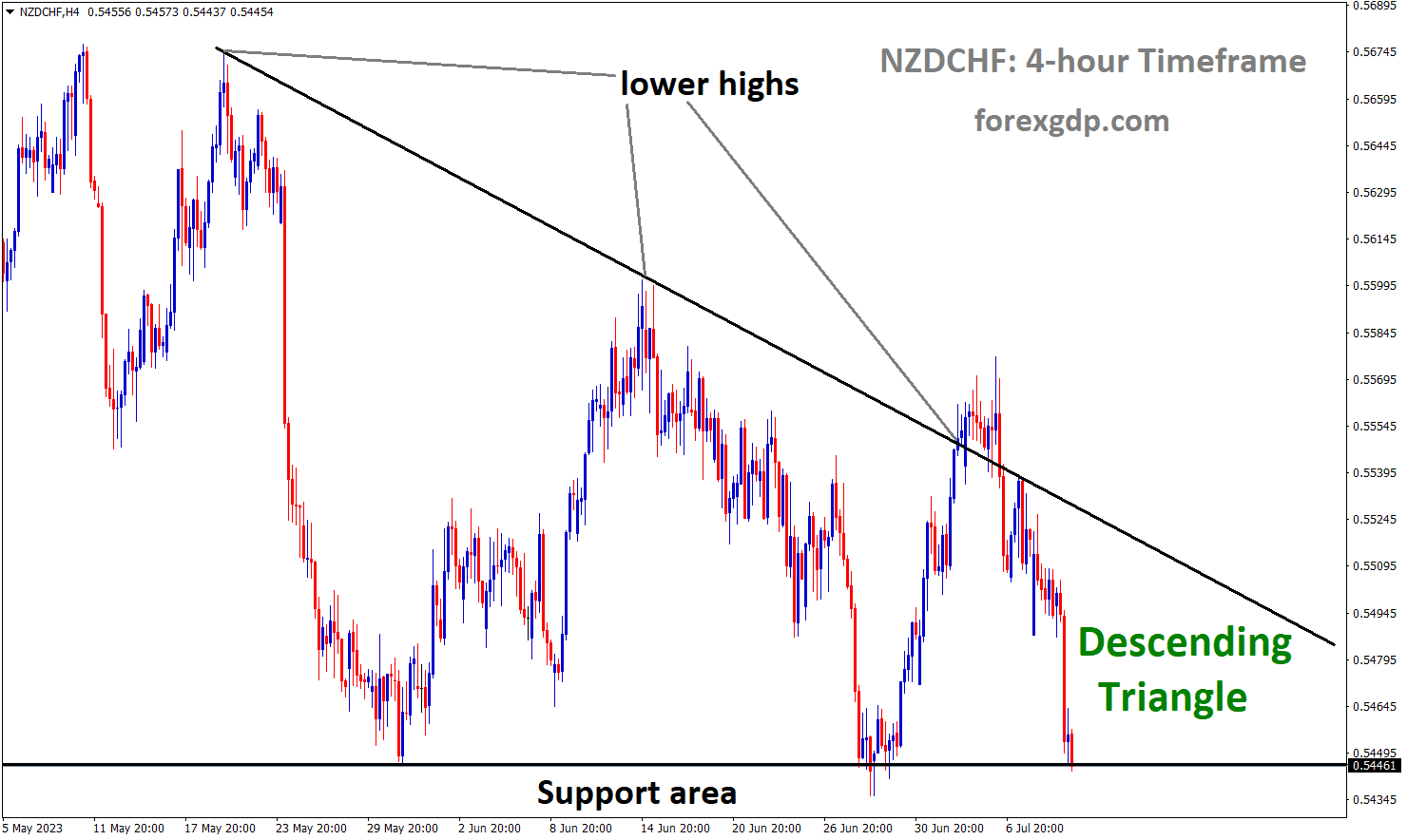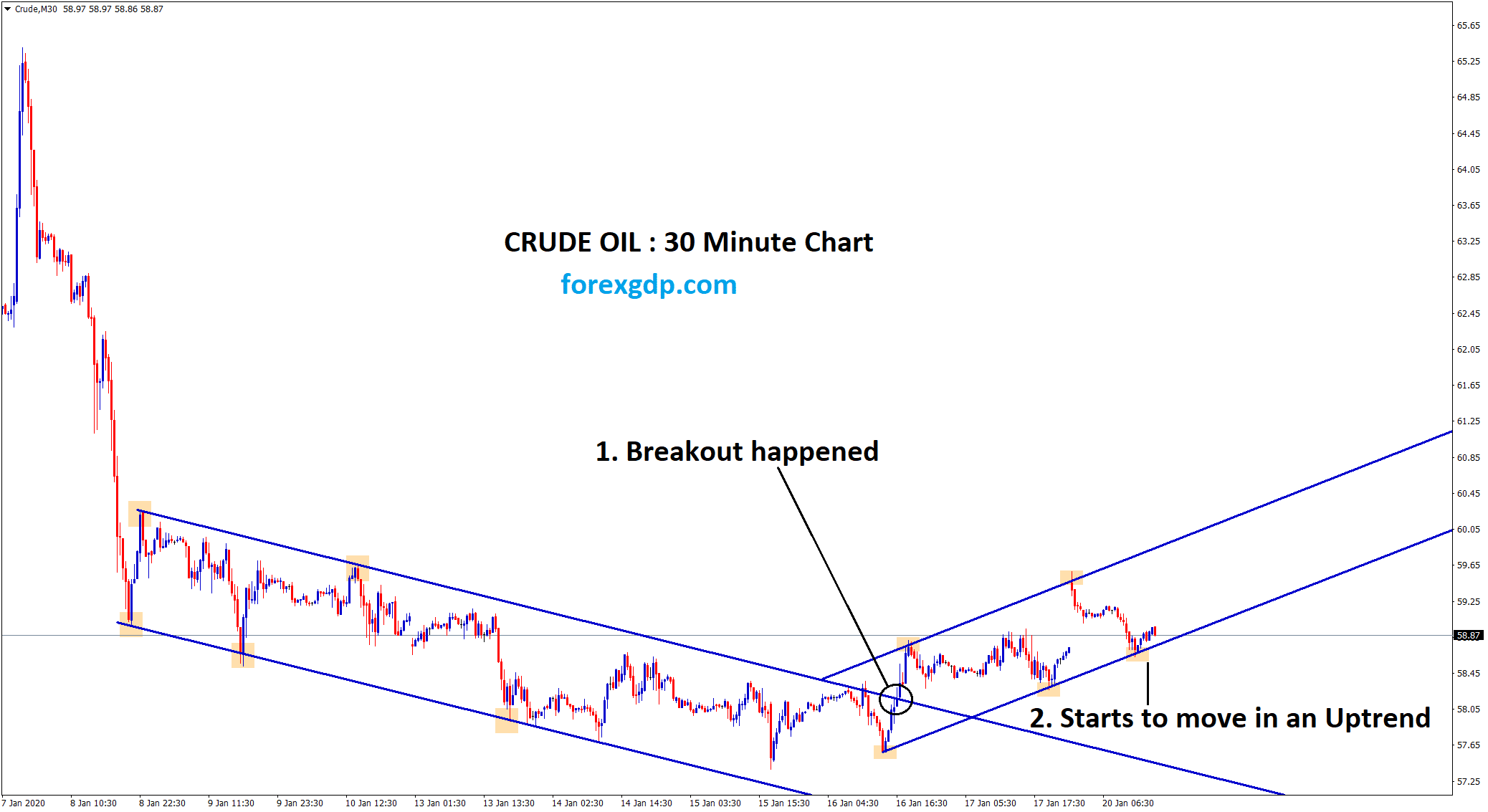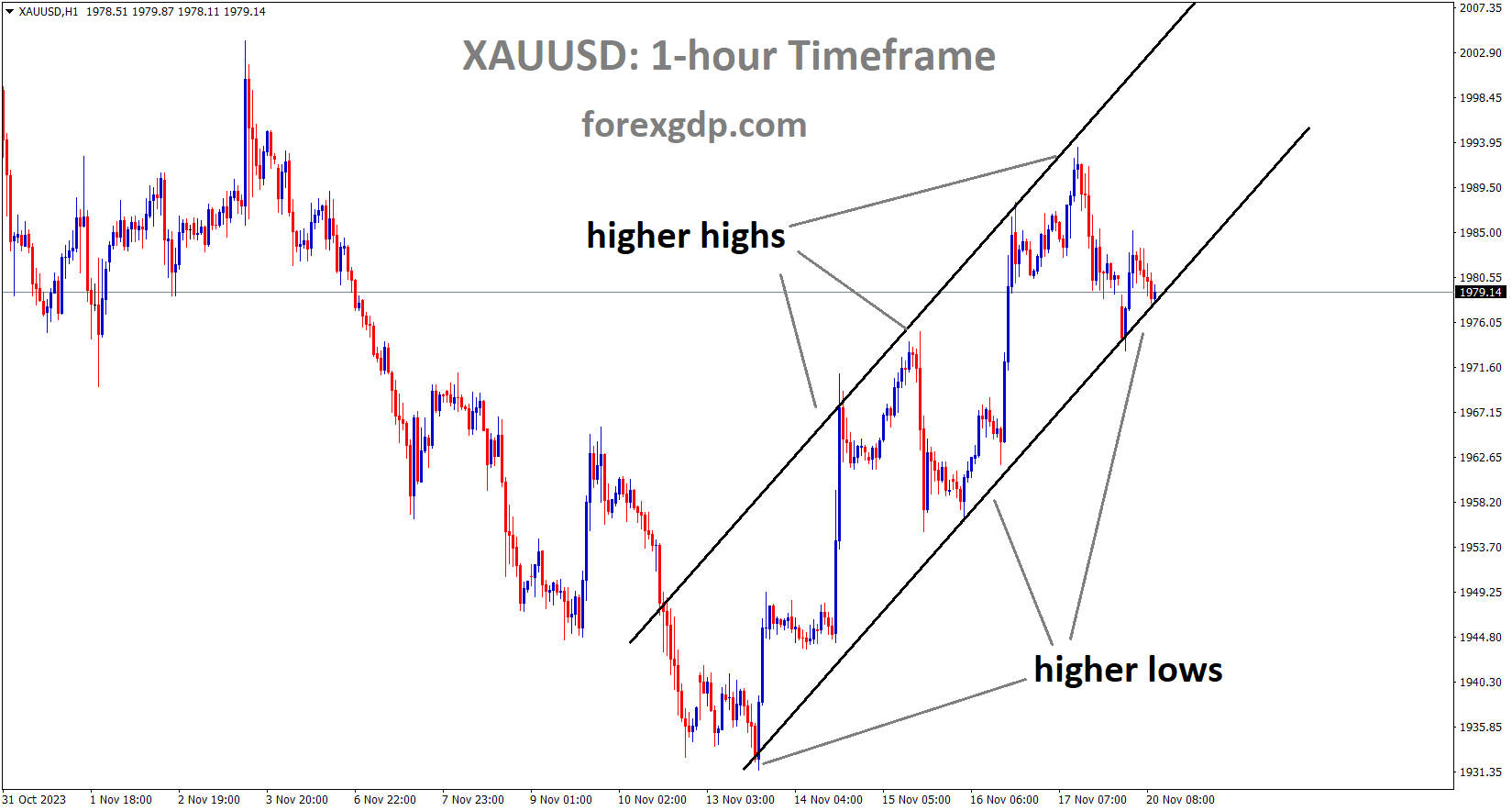NZDUSD is moving in the Descending channel and the market has reached the lower high area of the channel
The NZDUSD exchange rate has experienced an upward drift following the release of post-non-farm payrolls (NFP) data, reaching its highest level since June 22nd. Market focus has now shifted to the upcoming decision by the Reserve Bank of New Zealand (RBNZ) regarding interest rates.
The Reserve Bank of New Zealand (RBNZ) is inclined to maintain the current interest rates at 5.50% in its upcoming meeting. This decision is influenced by the fact that the economy has already entered a technical recession, experiencing two consecutive quarters of negative GDP growth. Recent data indicates that the economy is contracting at a greater rate than initially anticipated. Additionally, the inflation rate has reached 6.7% year-on-year. Given these circumstances, economists widely anticipate that the RBNZ will pause any plans for a rate hike this month.
1. NZDUSD Exchange Rate Movement and Influencing Factors
1.1 Post-NFP Data Price Action
The NZDUSD exchange rate exhibited an upward drift in response to the post-NFP data price action. This movement reflects the market’s reaction to the US job numbers and their impact on the US dollar. The pair jumped to 0.6221, its highest point since June 22nd.
1.2 Impact of Soft US Jobs Numbers
The US Bureau of Labor Statistics (BLS) reported that the economy added over 209k jobs in June, falling short of the expected increase of 230k. This soft jobs report surprised many analysts who were caught off-guard. Previous jobs reports had exceeded estimates, and a report by ADP indicated that the private sector had added over 400k jobs in June. Despite the jobs report miss, analysts believe that the Federal Reserve (Fed) will continue hiking interest rates due to the persistent inflationary pressures.
1.3 Analysts’ Expectations on Fed’s Interest Rate Hikes
Inflation in the United States remains above the Fed’s target of 2%. Analysts expect the Fed to continue hiking interest rates to combat inflation.
EURNZD is moving in an Ascending channel and the market has reached the higher high area of the channel
The next important USD news will be the release of the latest consumer inflation data, which will provide further insight into the inflationary pressures in the US economy.
2. Overview of the Reserve Bank of New Zealand (RBNZ) Interest Rate Decision
2.1 Anticipated Interest Rate Hold
The RBNZ is widely expected to keep its target rate unchanged at 5.50%. Economists and market participants have a consensus in favor of a hold, assigning a low probability of a rate hike. This expectation is based on the recent mild contraction of the New Zealand economy for two consecutive quarters, which has led to disinflationary slack.
2.2 Consensus of Economists and Market Expectations
Most economists and market participants recommend the RBNZ to maintain the Official Cash Rate (OCR) at 5.50% in the upcoming July Monetary Policy Review. The slowing demand and economic activity, coupled with the previous OCR increases, suggest a need to hold off further tightening. However, one member of the Monetary Policy Shadow Board recommends a 25-basis point increase, reflecting concerns about sticky inflation.
2.3 New Zealand Economy’s Mild Contraction
The New Zealand economy experienced a mild recession in the first quarter, with GDP data showing a contraction.Inflation has remained elevated, and the RBNZ has already hiked rates from near-zero levels during the pandemic to 5.50%. Further rate hikes in this context could potentially deepen the recession. Notably, inflation dropped to 6.7% in the first quarter, highlighting the delicate balance the RBNZ needs to strike in its decision-making process.
2.4 Inflationary Pressures and Labor Market Conditions
While inflation pressures in New Zealand remain high, there are indications of a slight easing in cost and pricing pressures.Expectations for previous OCR increases to work their way through the economy also contribute to the argument for holding off on further tightening. However, the labor market remains strong, adding complexity to the decision-making process.
2.5 RBNZ’s Monetary Policy Shadow Board
The RBNZ’s Monetary Policy Shadow Board, an independent body separate from the RBNZ, provides recommendations on what the RBNZ should do rather than what it will do.
GBPNZD is moving in an Ascending channel and the market has reached the higher high area of the channel
The Shadow Board aims to encourage informed debate, explore how a Board structure might operate, and utilize probabilities to express uncertainty.
3. Evaluation of RBNZ’s Communication and Monetary Policy Challenges
3.1 Uncertainty Created by OCR Decisions
The RBNZ’s official cash rate (OCR) decisions have created uncertainty in financial markets due to the varying tones of the statements. The bank’s communication has oscillated between tough-talking and relaxed approaches, leading to confusion among market participants and potentially impacting market stability.
3.2 Inconsistency in Tone and Signals
The RBNZ’s vacillation between a doveish and hawkish tone within a short period of time has raised concerns about the clarity and consistency of its communications. Previous governors have also faced challenges in aligning decisions with the signals provided in previous statements. The current committee-based decision-making process was expected to improve this aspect, but recent experiences indicate room for improvement.
3.3 Impact of Interest Rate Structure and Committee-Based Decision-Making
The interest rate structure and committee-based decision-making process of the RBNZ have introduced new dynamics to the monetary policy process. However, the recent vacillation in decisions raises questions about the effectiveness of this structure in achieving transparency and consistent decision-making. The RBNZ must strike a balance between surprising financial markets when necessary and maintaining clarity and stability.
3.4 Need for Consistency in Monetary Policy Communication
Consistency in monetary policy communication is crucial for maintaining market confidence and stability. The RBNZ’s recent shift in tone and signals, combined with the challenges posed by economic shocks, has made forecasting more challenging than usual. However, the central bank should strive to provide clear and consistent messaging to market participants and the public.
4. RBNZ’s Shift in Monetary Policy and Inflation Expectations
4.1 Impact of Economic Data on Inflation Control
Data over the last six weeks has been encouraging in terms of controlling inflation. The GDP data revealed a mild recession in the first quarter, which was worse than expected.
AUDNZD is moving in the Descending channel and the market has rebounded from the lower low area of the channel
However, indicators of cost and pricing pressures, as well as expectations, have shown signs of easing. These developments support the notion that inflation may have peaked, reducing the need for immediate further rate hikes.
4.2 RBNZ’s “Kōtuku” Persona
The RBNZ had previously portrayed itself as a “kōtuku” in making monetary policy decisions, taking small and considered steps. This approach involved gradual OCR increases, even in the face of accelerating inflation. However, the recent shift in the bank’s decision-making suggests a departure from this “considered” persona.
4.3 Gradual OCR Increases and Inflationary Pressures
During late 2021 and early 2022, the RBNZ opted for gradual OCR increases of 25 basis points at a time, despite clear inflationary pressures.
This approach was criticized by some observers who believed a more decisive response was necessary. The RBNZ’s recent vacillation between tones and signals has deviated from its previous approach.
4.4 Recent Vacillation and Lack of Consistency
The RBNZ’s recent behavior resembles that of a “fantail,” flitting from branch to branch without a predictable landing. This lack of consistency in decision-making and communication creates uncertainty and erodes market confidence. The recent economic data, such as the mild recession in the first quarter, suggests a need for stability and clarity in the RBNZ’s monetary policy.
4.5 Timing of Monetary Policy Changes and Election Considerations
The RBNZ may also consider the timing of monetary policy changes in relation to the upcoming election. While the bank has made interest rate adjustments ahead of previous polling days, such decisions were usually necessitated by clear economic circumstances, such as the Global Financial Crisis in 2008. Given the current lack of obvious pressure for further tightening, any interest rate increase may be seen as politically motivated.
5. Outlook and Potential Implications for the New Zealand Economy
5.1 Analysis of Recent Economic Data
Recent economic data, including the mild recession in the first quarter, suggests a need for caution in the RBNZ’s decision-making process. The contraction in GDP and easing indicators of cost and pricing pressures indicate that further rate hikes may not be immediately necessary.
5.2 Predictions for Key Economic Indicators
The RBNZ’s predictions for key economic indicators, such as GDP, inflation, and unemployment, align with the assessment that further rate hikes are not immediately required. Data reflecting another contraction in GDP in the June quarter, declining inflation trending below 5.7%pa, and an unemployment rate above 4% are expected by November.
5.3 Assessment of Further Rate Hikes
Given the predictions and economic data, it is unlikely that further rate hikes will be warranted in the immediate future.
NZDCHF Market is moving in the Descending triangle pattern and the market has reached the horizontal support area of the pattern.
However, the RBNZ may consider the possibility of one or more indicators remaining stronger than anticipated, which could necessitate a reevaluation of the monetary policy stance.
5.4 Avoiding Political Perception in Monetary Policy
The RBNZ may want to avoid changing monetary policy in the lead-up to the October election to prevent any perception of political motivations. Historically, interest rate changes ahead of polling days have been necessitated by clear economic circumstances. With the current lack of obvious pressure for further tightening, any interest rate increase could be seen as politically motivated.
5.5 Committee Communication and Decision-Making
Clear and accurate communication from the RBNZ committee is essential to maintain market confidence and stability. It is crucial for the committee to effectively communicate its decision and tone, ensuring that its intentions and rationale are clearly understood by market participants.
Conclusion
Based on the analysis of the NZDUSD exchange rate, the influencing factors on the US dollar, and the upcoming RBNZ interest rate decision, it is anticipated that the RBNZ will hold its target rate unchanged at 5.50%. The recent contraction in the New Zealand economy, along with the easing indicators of cost and pricing pressures, provide justification for a hold on further tightening. The RBNZ’s communication challenges and recent vacillation highlight the need for consistency, transparency, and effective committee communication. The impact of OCR decisions on the New Zealand economy and the avoidance of political implications in monetary policy are additional considerations. Maintaining market confidence and stability through clear and accurate communication is essential for the RBNZ committee.
Don’t trade all the time, trade forex only at the confirmed trade setups.
Get Live Free Signals now: forexgdp.com/forex-signals/

